I'd like to build a simple audio mixer which takes signals from two or more inputs, combines them and outputs to the headphhones or speakers. I followed the other question: Making a Simple Audio Mixer [fig 1], but using 4.7kΩ resistors seems too much to drive headphones. On the other hand, I considered using 20Ω resistors instead, but I'm concerned that the inputs feeding high current to each other may damage them. Is my concern justifiable? What would be an optimal resistance in such case?

simulate this circuit – Schematic created using CircuitLab
Another option I considered was to stick with the high input impedance and use a summing operational amplifier circuit to provide current for the headphones/speakers [fig 2]. Which op-amp would be suitable here? I'm not aiming for expensive amps with excellent sound quality, it's rather a hobby project. I've considered LM386 but since its gain is 20-200, wouldn't it mean that 1V pk-pk would be amplified to 20V pk-pk, so I'd have a lot of signal clipping?
